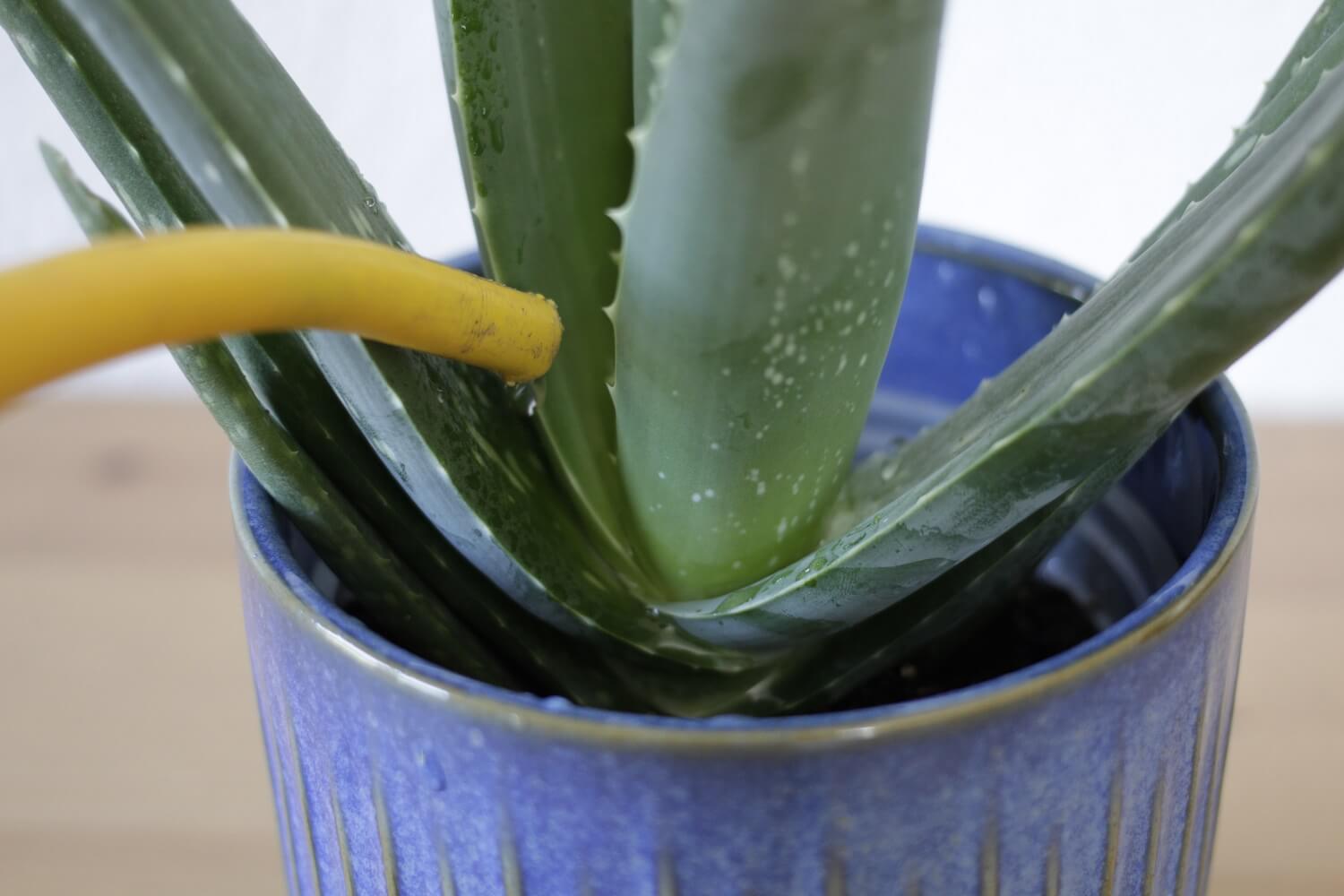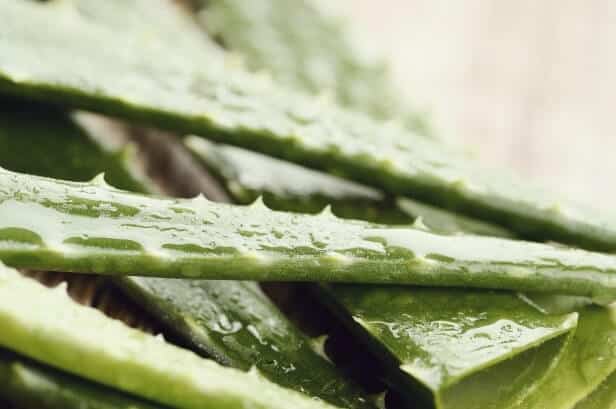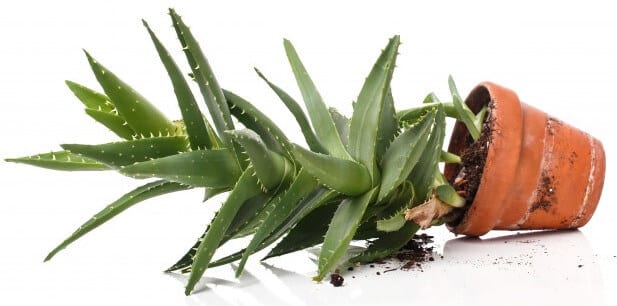Water requirements of an aloe vera depending on the season
The water requirements of houseplants change with the seasons. Even if the air in the room is roughly the same temperature all year round, it is often warmer near the window in summer and colder in winter. The lack of sun during the winter means that less water evaporates from the surface of the substrate, which is why you should water the plant less to avoid waterlogging. In summer, on the other hand, the dark substrate heats up and considerably more water evaporates from both the soil and the leaves of the plant. For this reason, you should water the plant more frequently and more abundantly in summer.
Watering aloe vera in spring
In summer, aloe vera should be watered about twice a week. It needs the most water during this period. If the plant is not watered, the substrate will be dry, which will inhibit the plant's growth. However, as aloe vera is a succulent plant, it will not die during dry periods, as sufficient moisture is stored in the gel and sap of the plant for dry periods.
Watering aloe vera in summer
As aloe vera is a succulent plant, it can be grown with Cacti or succulent fertilizers are supplied with nutrients. If you want to use the leaves
of aloe vera for cosmetic or culinary purposes, you should use pure aloe vera leaves. organic fertilizer use. Otherwise chemical residues may remain in the leaves
the leaves and thus in the juice and pulp of the aloe vera.
Watering aloe vera in the fall
In the fall, the aloe vera should be watered about once a week. The plant adapts to winter in the fall and requires less water. If the plant is watered too often in the fall, the excess moisture in the substrate can cause waterlogging. This damages the roots of the plant, causing them to rot. If this happens, the aloe has no way of absorbing water and the nutrients it contains and the plant dies.
Watering aloe vera in winter
In winter, the aloe vera should be watered approximately every two to three weeks. Bear in mind that this is a succulent plant, which in its natural environment is used to having very little water available for some time. Dryness in winter does not harm the plant and prevents root rot and mold growth on the surface of the substrate.




